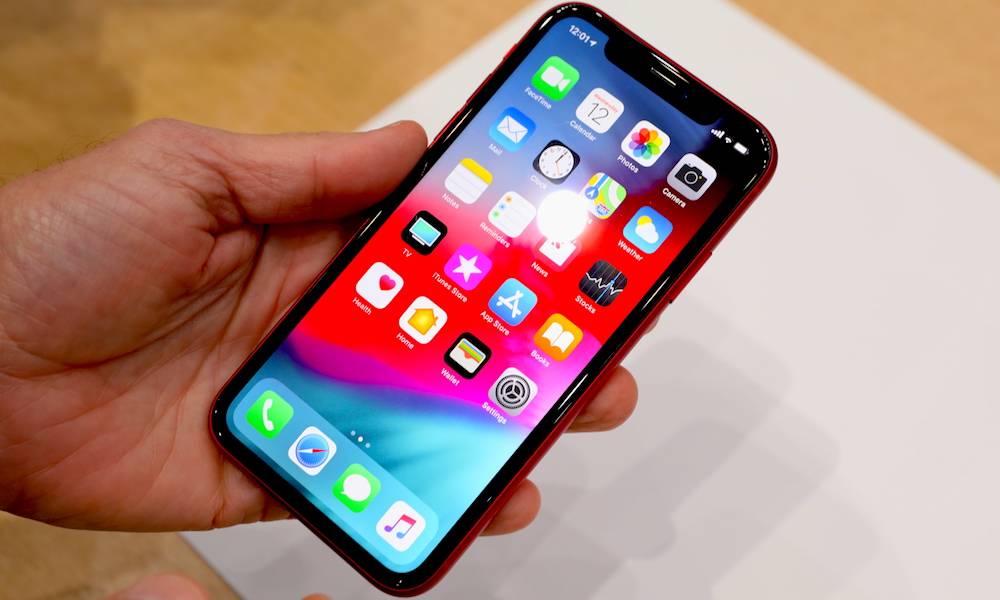What is the Right to Repair Act?
The Right to Repair Act is a proposed piece of legislation that would give individuals the right to repair their own electronic devices, such as smartphones, laptops, and household appliances. This legislation is aimed at addressing the issue of planned obsolescence, where companies intentionally design their products to break or become outdated after a certain period of time, forcing consumers to buy new ones.
Why it matters?
Proponents of the Right to Repair Act argue that it would not only benefit consumers by giving them more control over their own devices, but also the environment. By allowing people to repair their own devices, there would be less electronic waste and fewer resources used to manufacture new ones.
Opponents of the Right to Repair Act argue that it would compromise the safety and security of electronic devices. They argue that repairing electronics without proper training and equipment could lead to accidents and potentially even fires. Additionally, they claim that allowing people to repair their own devices could lead to the spread of counterfeit parts and software, potentially undermining the intellectual property rights of companies.
Despite these concerns, the Right to Repair Act has gained significant support from both consumers and lawmakers. In recent years, a number of states have introduced their own right to repair legislation, and several major companies, including Apple and John Deere, have begun to offer more repair options for their products.
Overall, the Right to Repair Act is a controversial but important issue that has the potential to greatly benefit both consumers and the environment. It remains to be seen whether this legislation will become law, but it is clear that the debate over the right to repair will continue to be a significant one in the coming years.
What it means for you
Providing the right to repair act is granted, it’ll allow you, the consumer, to purchase parts and either fit them yourself, or have them fitted by a professional other than Apple to avoid paying their prices. Since the iPhone XS was released, Apple now serialise parts to the main logic board within the device meaning you are notified with an error message on your device if any part is replaced whether a genuine part is used or not.




